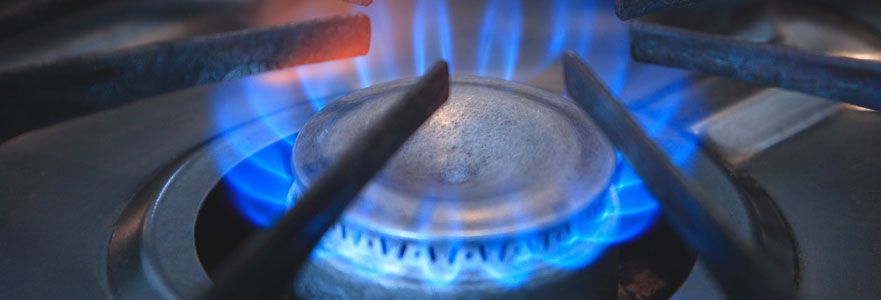Why Your Home Needs a Carbon Monoxide Detector
What is carbon monoxide and how is it produced?
Carbon monoxide is a poisonous gas that is also known as “CO”. Despite being incredibly poisonous, this gas is odorless, colorless, and essentially invisible to the eye. For many, it’s called the “silent killer” due to how fatal it is without alerting your senses. It is commonly found in these household appliances:
- Gas and oil furnaces
- Boilers and water heaters
- Space heaters
- Gas ovens
- Fireplaces
- Generators
- Charcoal grills
- Cars and trucks
Your household items like gas stoves, generators, and furnaces can cause a carbon monoxide leak in your home. According to the CDC, every year over 400 people die from carbon monoxide poisoning. Carbon monoxide poisoning also sends roughly 50,000 people in the United States to the emergency room each year. There are ways you can prevent a leak from occurring in your home, such as having your appliances inspected every year. However, mistakes can still happen. This is why installing a carbon monoxide detector in your home is a purchase than can save your life.
How does a carbon monoxide detector work?
Due to carbon monoxide leaks being invisible and odorless, detectors were created to help protect families from this very common danger. A carbon monoxide detector is able to quickly detect a leak in your home and notify you as quickly as possible. Most detectors work on batteries and include a backup power source in the case of an emergency. Once the CO gas reaches the detector it will trigger a loud alarm to notify you and everyone in your home.
For those that are hearing impaired, some alarms come with features that include lights blinking or your bed shaking to notify you.
Carbon monoxide poisoning can be fatal to your health so the quicker you are alerted, the better. These alarms are meant to notify you so you can get your family safely outside.
Where should a carbon monoxide detector be positioned?
Unlike fires, carbon monoxide doesn’t rise quickly. So instead of placing them on the ceiling like smoke detectors, it’s best to place them five feet from the ground and on your walls. In your home, make note of where your gas furnace, heater, or any gas-powered appliance is located. It’s best to keep your carbon monoxide detector close by or directly outside those rooms.
It’s also recommended that you have at least one CO detector per floor of your home. For families with a garage, it’s best to have one placed there due to vehicles being commonly responsible for CO leaks.
When should carbon monoxide detectors be replaced?
Depending on the model you’ve installed, most carbon monoxide detectors should be replaced every 5-7 years to be safe. The batteries for your detector should also be replaced at least once yearly. Pay close attention to any beeping from your detector. This may signal a weak battery that needs to be replaced immediately.
Other than that level of upkeep, it’s important to keep your carbon monoxide detector clean. We encourage you to wipe it down and do a “test” yearly to make sure it’s working properly.
Let Moore Protection help answer your questions about carbon monoxide detectors
Remember, it’s better safe than sorry. We have the essential tools and knowledge to keep your property and loved ones safe from all dangers. Connect with our team today about installing a carbon monoxide detector in your home to protect the health of your family.



